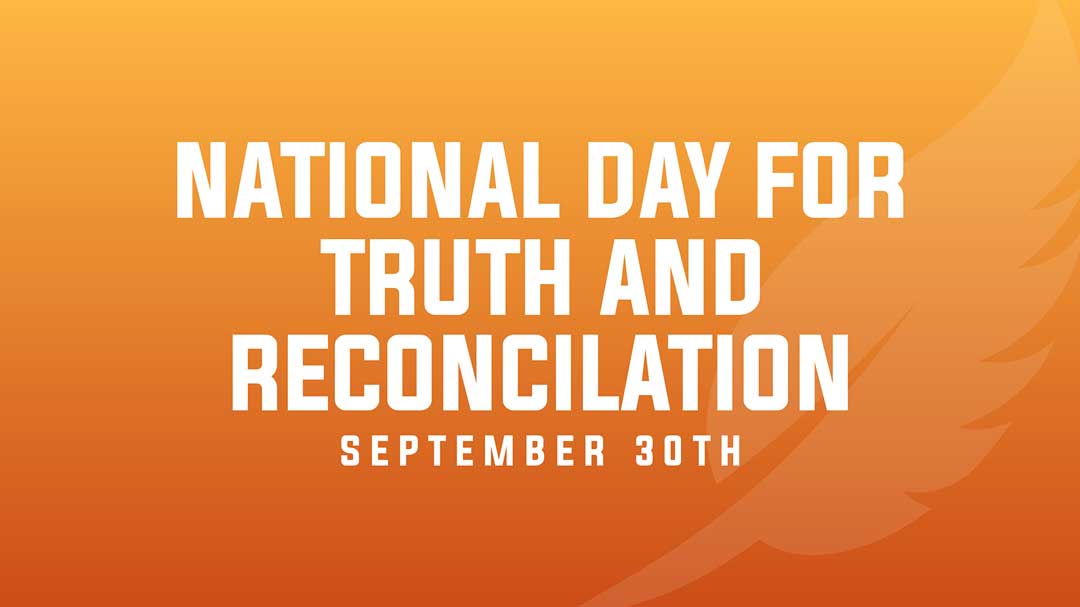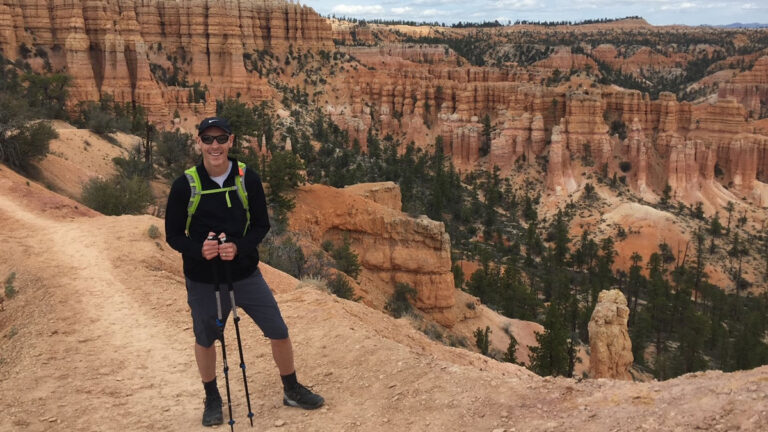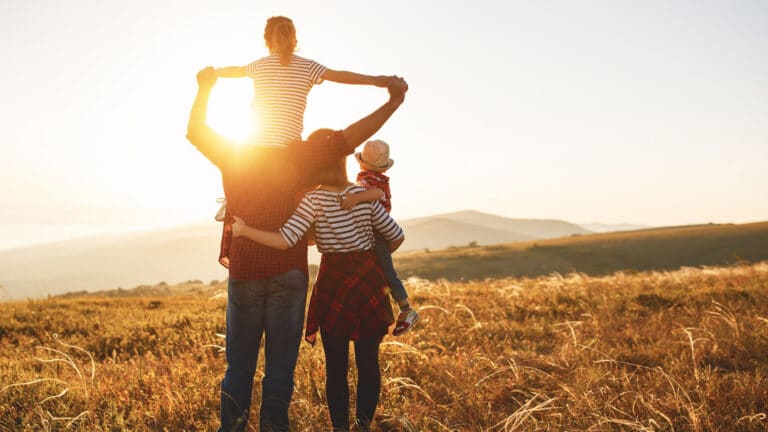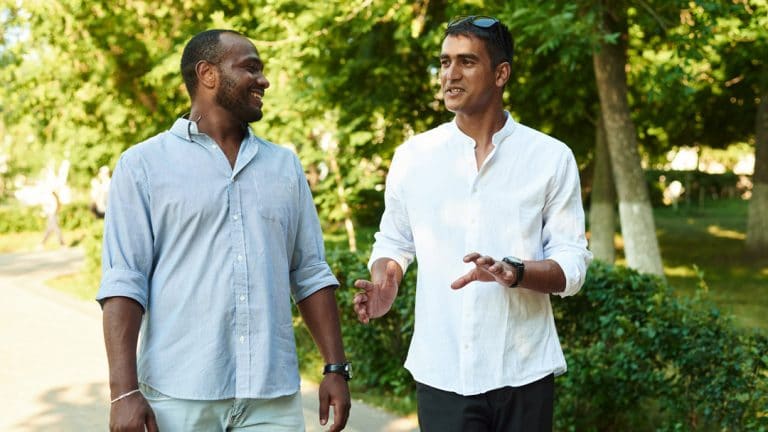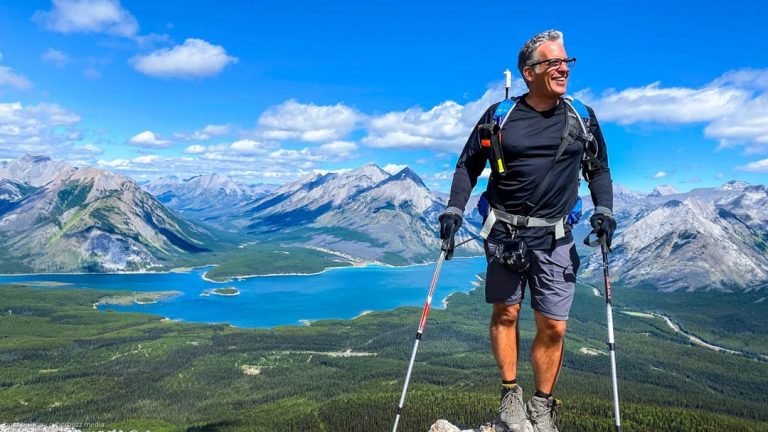LAST UPDATED: September 15, 2023
*This article contains information and links related to residential schools. If you have been affected by residential schools and need emotional or crisis support, contact the 24-Hour Indian Residential Schools Crisis Line at 1-800-721-0066.*
September 30 is National Truth and Reconciliation Day. This date acknowledges the history of residential schools in Canada and honours the Survivors, their families, and the communities that experience ongoing intergenerational trauma. Understanding our shared history helps to create a more inclusive future and ensures that we remember the legacy of the residential schools.
Here are eight suggestions on how you can engage in Truth and Reconciliation:
1. Read and Re-read the Truth and Reconciliation Commission’s 94 Calls to Action
The Truth and Reconciliation Commission announced 94 Calls to Action in 2015. They provided 94 activities that all levels of government and non-Indigenous and Indigenous communities can support and initiate to set right the legacy of residential schools and advance reconciliation.
The report, published in 2015, is a crucial piece of our shared history and an important read for all settlers in this country to set us on a more inclusive path.
The First Nations Child & Family Caring Society of Canada has created this kid-friendly version of the Calls to Action if you want to learn about them with your younger family members.
2. Learn About Indigenous History and the Residential School System
Head to your local library, search bookstores and scan the internet to learn more about Indigenous history and the residential school system. There are lots of insightful sources out there, including the following:
Websites & Web Resources:
- Residential School History
- Indigenous Perspectives Education Guide
- The Residential School System
- Canada’s Commitment to Reconciliation
Books:
- The Inconvenient Indian by Thomas King
- Broken Circle: The Dark Legacy of Indian Residential Schools by Theodore Fontaine
- The Orange Shirt Story by Phyllis Webstad
- 21 Things You May Not Know About the Indian Act: Helping Canadians Make Reconciliation with Indigenous Peoples a Reality by Bob Joseph
- Standoff: Why Reconciliation Fails Indigenous People and How to Fix It by Bruce McIvor
Courses:
Several Canadian universities offer courses on Indigenous history and residential schools, which are available for free:
- Indigenous Canada offered through the University of Alberta
- Reconciliation Through Indigenous Education offered through UBC
3. Identify and Acknowledge the Territory Where you Live
Acknowledge the land you live on. Whose Land is a web-based app that identifies Indigenous Nations, territories and communities to help you know where you live, work, and play.
The Government of Canada’s GeoViewer lets you see the First Nations, Inuit, and Métis peoples who live near you.
When you have work meetings or get-togethers, introduce a land acknowledgement at the beginning of your external and internal get-togethers.
You can also text your postal code to 907-312-5085, and it will send you back the acknowledgement of whose land you are on.
4. Listen and Learn
No matter what your knowledge of Indigenous history and the residential school system is, there is no better time to listen and learn from the Indigenous peoples and communities around you.
You can attend workshops and community groups, talk to Elders in your community, and listen to the Indigenous people you know about their history and lived experiences.
5. Attend a National Truth and Reconciliation Week Virtual Event
From September 25 to 30, the National Centre for Truth and Reconciliation is hosting a series of events that includes content appropriate for kids in grades 1-12 on the theme of “Remembering the Children.” Check out their schedule and register for events here.
Take a look at your local events calendars, to see what else you and your family can attend in your area.
6. Explore Indigenous Voices
Whether you’re a TV watcher, a podcast listener, or a book reader, there are lots of options out there for you to hear from Indigenous peoples and creators. We’ve provided a few of each below to get you started:
TV Shows & Movies:
- Reservation Dogs
- Skindigenous
- Atanarjuat: The Fast Runner
- Beans
- nîpawistamâsowin: We Will Stand Up
- Falls Around Her
Podcasts:
- The Urbariginal
- Pieces
- Telling Our Twisted Histories
- Our Native Land
- Métis in Space
- Muddie Water: 1870, Homeland of the Métis
- Missing and Murdered
- The Henceforward
- MediaINDIGENA
Novels:
- Five Little Indians by Michelle Good
- Jonny Appleseed by Joshua Whitehead
- Indian Horse by Richard Wagamese
- Call Me Indian by Fred Sasakamoose
- Bone Black by Carol Rose
- Mamaskatch: A Cree Coming of Age by Darrel J. Mcleod
- If I Go Missing by Brianna Jonnie
- Indians Don’t Cry: Gaawiin Mawisiiwag Anishinaabeg by George Kenny
- The Marrow Thieves by Cherie Dimaline
- A Day with Yayah by Nicola I. Campbell (a children’s book)
- When We Were Alone by David A. Robertson (a children’s book)
- Owls See Clearly at Night by Julie Flett (a children’s book)
7. Support (and Volunteer with) Indigenous Non-profits
There are over 600 Indigenous non-profits you can support in Canada. Check out this list of organizations, find one (or more!) that speaks to you, and reach out to offer your support.
DUDES club, for example, has over 42 locations in BC. They work in communities with high Indigenous populations to promote men’s wellness, “build solidarity and brotherhood, and enable men to regain a sense of pride and purpose in life.”
8. Support Indigenous creators and businesses
Support Indigenous artists, designers, jewellers, restaurants, and other business owners by purchasing products, attending events, following social media accounts, sharing content, and recommending their products and works to friends and family.
Not sure if there are Indigenous-owned businesses near you? The Government of Canada has an Indigenous Business Directory where you can search by city or town and business type.
There are many Indigenous creators on social media platforms that you can follow, including @notoriouscree, @shinanova, @_aysanabee_, @jayroymakokis and @boslen.
What Indigenous non-profits, businesses, and creators do you follow and support? Let us know in the comments below!

